Part I
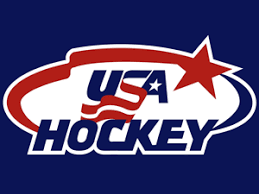
This is the first in a three-part series on my experience as a parent at the 2021 USA Hockey 15’s Girls Select hockey camp. In this series, I will first cover the schedule and operational details about the event. In part two, I will discuss the USA Hockey player development perspective and finally, in part three, I will discuss how the camp related to the college recruiting process.
Please keep in mind that this these posts are about my experience at the event and the information I collected. I wasn’t a participant and did not track every activity my daughter or the other girls had scheduled during the week. This is just my perspective as a parent who talked to a handful players and several parents during and after the week and what I took away from the experience – your mileage may vary.
On the first day of the camp, I really appreciated Kristen Wright, the USA Hockey Female ADM Manager, answering a bunch of my questions and providing additional perspective on the camp and helping me understand the “how” and “why” on a bunch of topics related to the Player Development Camp process. I really hope to get Kristen on the Champs App Podcast after all the USA Hockey camps are done.
When?
The USA Hockey Girls 15’s Camp was held from July 10-15, 2021
Where?
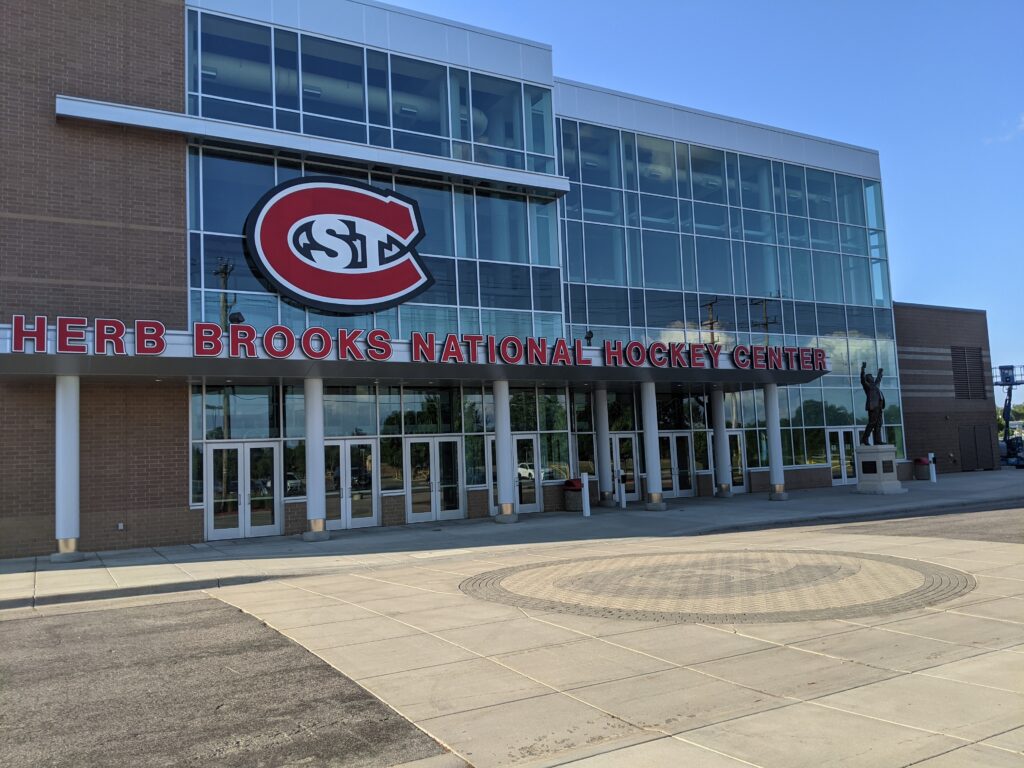
The camp took place at the St. Cloud University campus with the hockey events taking place primarily at the Herb Brooks National Hockey Center. The facility has two Olympic sized rinks. Rink 2 is a practice rink with limited stands for parents and scouts and no above-ice seating or views. Rink 1 is the main rink for the varsity hockey teams and is where a full sized arena with seating of ~6000 seats and a few club boxes at one of the rink behind the net (where many USA Hockey organizers/coaches observed practices and games).
While many coaches and scouts easily moved back and forth between the two rinks, it was clearly easier to watch players anywhere on the ice on Rink 1 compared to Rink 2. In addition, for a handful or observers (USA Hockey representatives or scouts), Rink 1 was the primary rink from which they watched players. For example, from what I saw (and I didn’t watch every game or practice), Katie Lachapelle, the USA Hockey U18 coach, seemed to only watch activity on Rink 1 (note: she may have had a screen to watch a Rink 2 feed). Thus, it seemed that there might have been a slight advantage to having more ice time on Rink 1 vs Rink 2 throughout the week, especially for games.
Who?
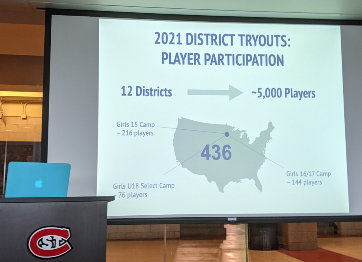
There were approximately 216 2006 birth-year girls in attendance at the camp. You can find a complete list of the players here. The girls were selected from the 12 USA Hockey district camps with the number of players directly in proportion to the percentage of registered females for this age group for each district. Therefore, if a district had ~10% of the female 2006 players registered in all of USA Hockey, there should have been 21 or 22 players from that district.

Players were split up into 12 teams designated by color and divided into three division of four teams each. Each team had a Head Coach, typically from a DI school or Prep School, an Intern Coach and a Team Leader. Players did all their activities with their team and typically shared events with another team from their division.
In addition, there was anywhere between 70 and 100 USA Hockey representatives on and off the ice throughout the week. During many of the on-ice practices it was typical to see a 3:1 player-to-coach ratio with 3-5 coaches running each station – this was awesome for the players. Also, there were many (a little hard for me to estimate) USA Hockey representatives in the stands or along the glass watching practices and games – many with computers or notebooks – likely scouting and evaluating players.
What?

Testing:
Upon arrival at the camp players there was some on-ice and off-ice testing. About a week prior to the start of the camp, players were sent a list of 8 metrics that each player would be tested on. They included off-ice strength (push-ups and pull-ups, vertical jump) and on-ice speed (20 yards sprint, blue line-to-blue line). While the attributes being measured were pretty similar to those in the past, there were a couple of changes to previous years. As discussed on the Champs App Podcast, at this age these measurements aren’t of significant importance, it is really to track improvement over the coming years. However, it probably makes sense next time to publish what will be tested when the original invitation to players were sent out (about a month beforehand) to allow the girls time to properly train for the testing.
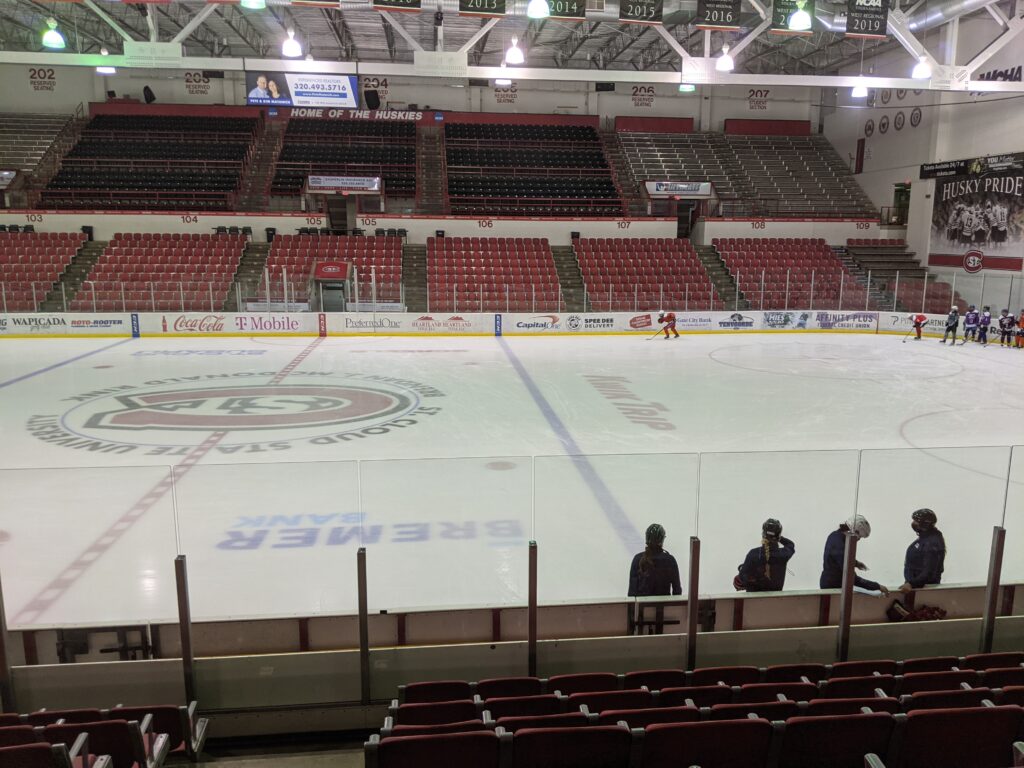
During the week there was a lot of on-ice and off-ice activities for each team. Here is a list of some of those activities and what was published with regards to the daily schedule:
Off-ice:
The schedule included a wide range of activities including”
- Team building
- Nutrition
- Stickhandling and shooting
- Mental skills
- Feedback session
On-Ice:
The on-ice program included 3 practices (60 or 90 minutes), 3 games (2 x 25 minutes stop-time periods), and two 1-period (25 minute) playoff games on the final day. In addition, Goalies had an addition two practice times with coaches.
Practices:
For the most-part practices were really well-done. Every practice was run like a typical USA Hockey practice with a variety of stations and small areas games. During regular practices there were typically 12 or 13 coaches on the ice which was awesome to see. It is my understanding that for the two goalie sessions it was even better – with more coaches than goalies on the ice. Even better was how awesome it was that ~90% of the on-ice coaches were female.
Games:
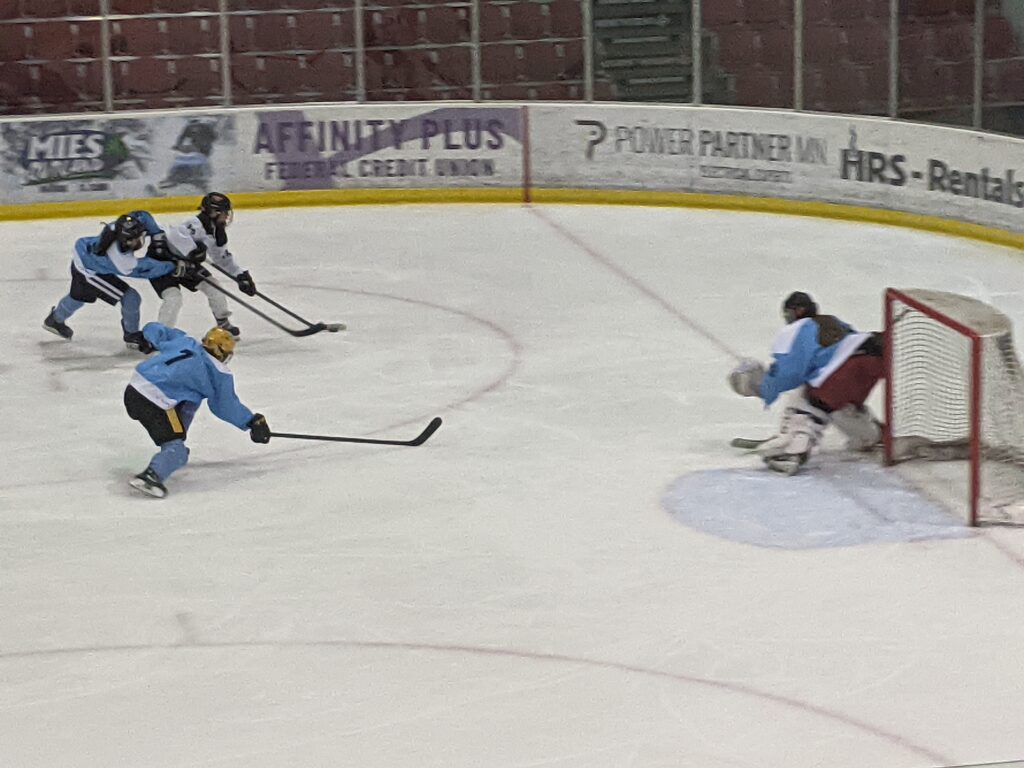
Games were just okay, there were moments of beauty surrounded by long periods of sloppy play (especially the first day of games). Given these were the top 2006 players in the country, the lack of team practice time was pretty noticeable – even for an amateur like myself. Most teams improved their chemistry as the games went on and players learned to trust their teammates instead trying to do everything themselves. And while I don’t want to complain about the refs, it was clear there was a bias to minimize the number of whistles for icings/offsides and calling infractions unless they were pretty blatant. It was definitely not the same standard as the USA Hockey National playoffs. There was a two-game singe-period playoff on the final day based on the round-robin standings. With the finals on Rink 1 for each division while the consolation game was played concurrently on Rink 2.
Why?
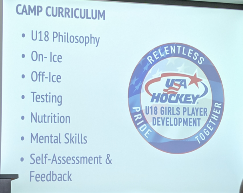
On the first day Kristen Wright held a session for the parents to explain the objectives of the camp. While I am sure I am not capturing all the goals of the week, from what I saw here is what USA Hockey’s intent was:
- Introduce the girls to USA Hockey national team program and educate the players on the values and skills required to play at the highest level with USA Hockey
- Give USA Hockey scouts a first look at the 2006 birth year and begin benchmarking their level to track their progress as they continue to develop
- Allow players to see, compete and benchmark themselves with their peer group and begin to form relationships from players from across the country
- As explained to me by Kristen Wright, due to Covid and a compact summer schedule, unlike previous years, none of the 15’s camp participants would have the opportunity to be invited to the U18 camp (which was different from the 16/17’s camp from a couple of weeks earlier which sent 13 players to the U18 camp). So the camp would be the final USA Hockey event for the participants before the start of the fall season.
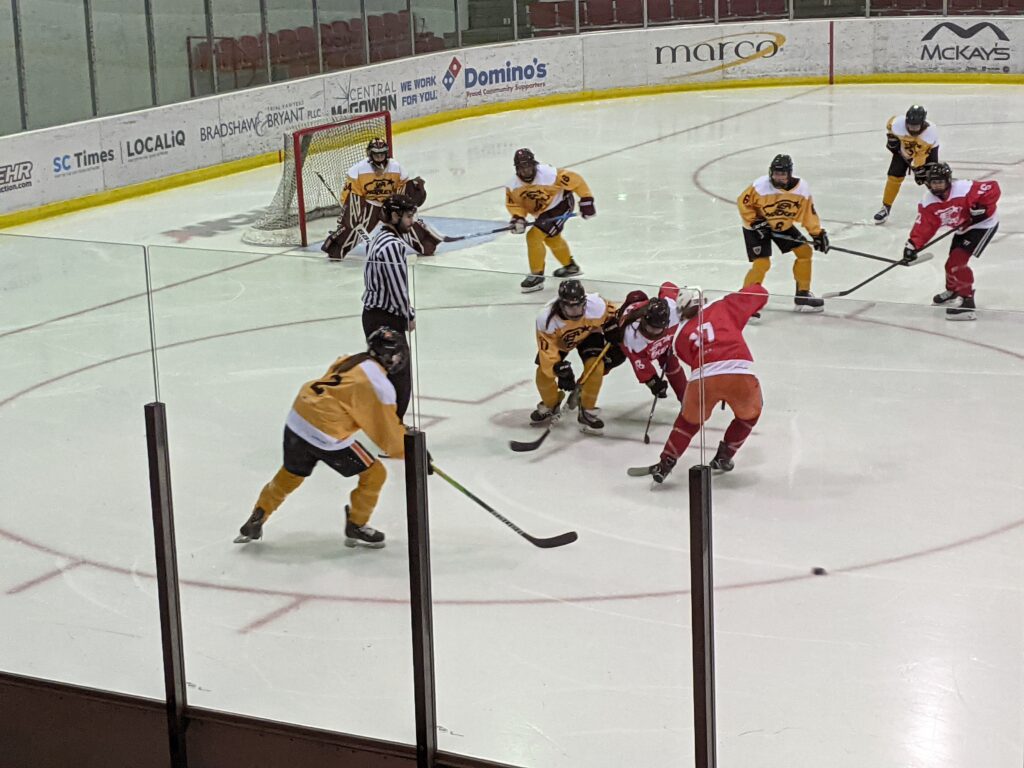
All the games were broadcast live on HockeyTV and available on demand. While the camera angles were challenging…very high on Rink 1 and for Rink 2 the only reasonable position for a live feed that follows the play with a cameraman being in one of the corners – it was certainly better than no feed at all – especially for parents and family who could not attend in person – but was hard on the eyes.
One final note…surprisingly, the cost per player was less than $200 for the camp – the only major cost was the transportation to get to Minnesota. So, from an out-of-pocket perspective, this camp was great value for the buck – even though this was secondary to all the other benefits from the week.
In the next post I will go into detail on my thought how the camp relates to the USA Hockey National Player Development program from a player perspective.
